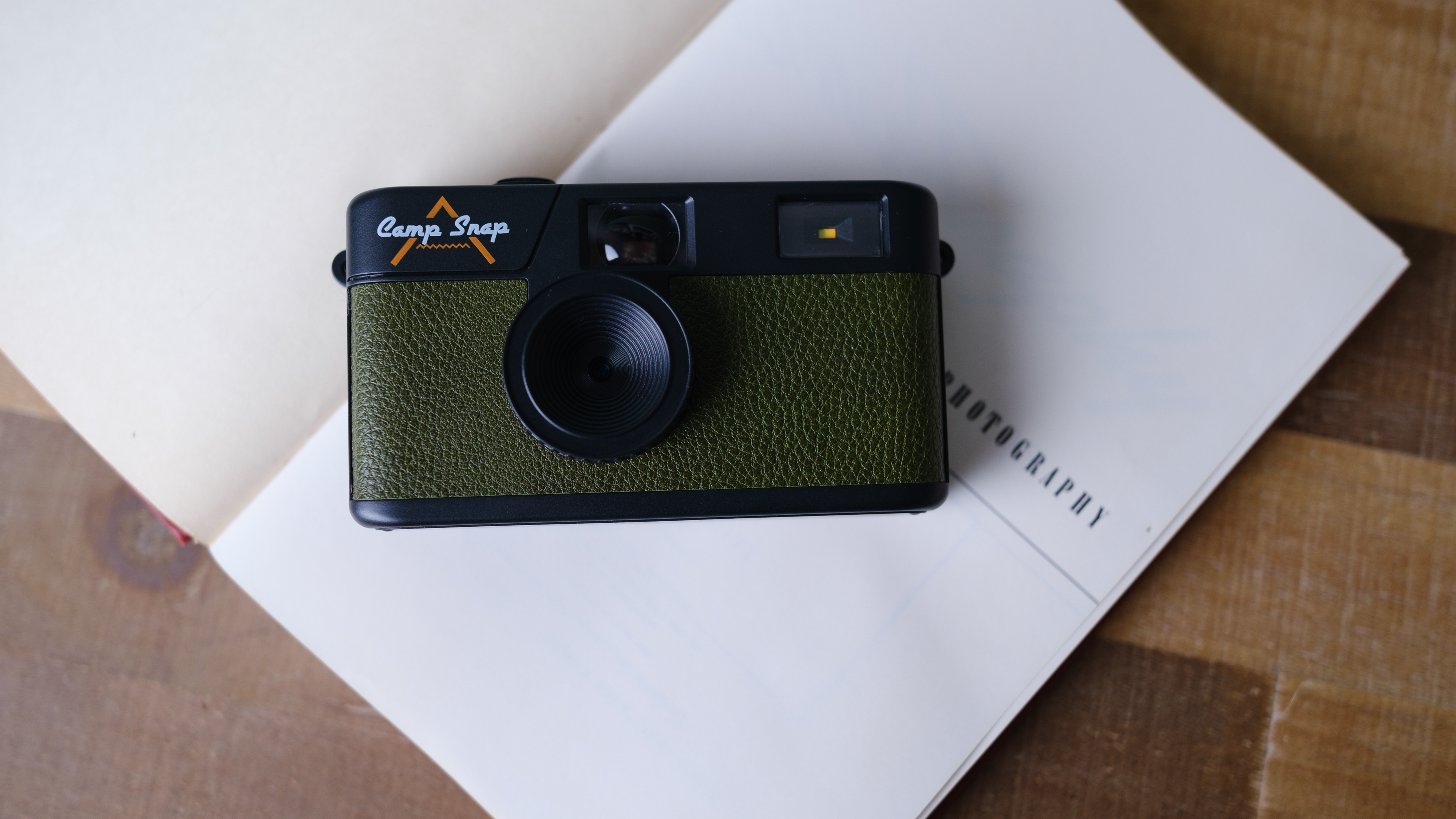New image from The James Webb Space Telescope shows distant galaxy cluster
NASA has said that it will be sharing a new image or spectrum from the JWST at least every other week on the mission’s blog
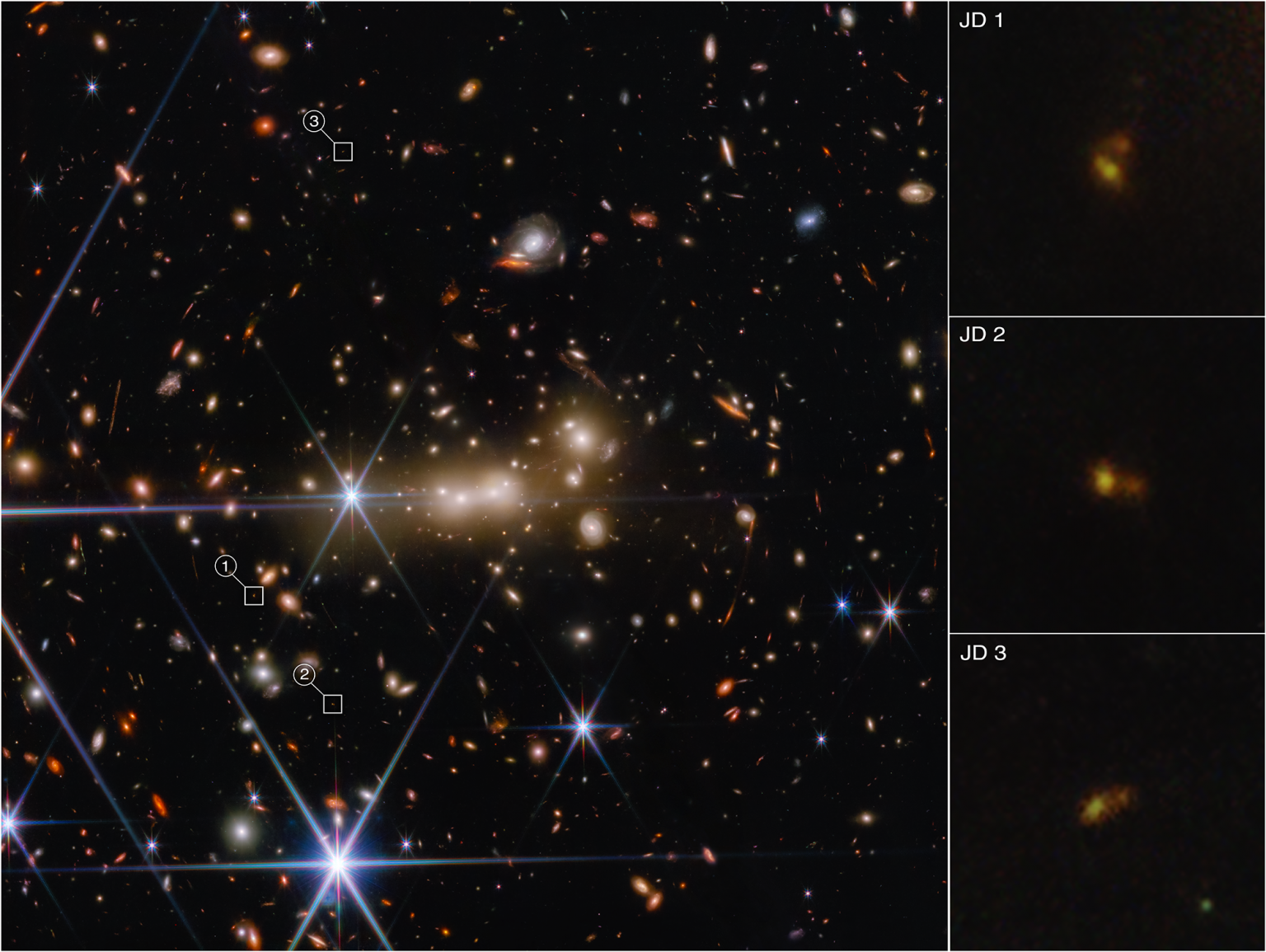
NASA’s James Webb Space Telescope was launched into space on Christmas Day in 2021 and has since been capturing the most spectacular images and spectrums of the universe that we've ever seen, in the highest quality, providing a new worldview into the mysterious cosmos. Webb will release images on a bi-weekly basis.
Yesterday, a new image was released captured by Webb’s Near Infrared Camera (NIRCam) instrument, which depicts a distant, lensed galaxy, and an intervening galaxy cluster known as MACS0647, as well as the MACS0647-JD system.
• Check out The James Webb Space Telescope vs The Hubble Telescope: Pillars of Creation image comparison
NASA yesterday released another beautiful image captured by the NIRCam instrument of the James Webb Space Telescope. It shows an astonishing galaxy cluster, referred to as the MACS0647, as well as zoomed-in views of what it calls the MACS0647-JD System, a distant galaxy that has been captured in three separate locations within the same image, as a result of the method known as gravitational lensing.
The dazzling cluster of galaxies that can be seen in the foreground of the image (MACS0647) acts as a cosmic lens, used to bend and magnify light to highlight and dig out the more faint background galaxies - in this case, the JD-system, which has been triply lensed and appears frequently in different parts of the image.
• These are the best cameras for astrophotography
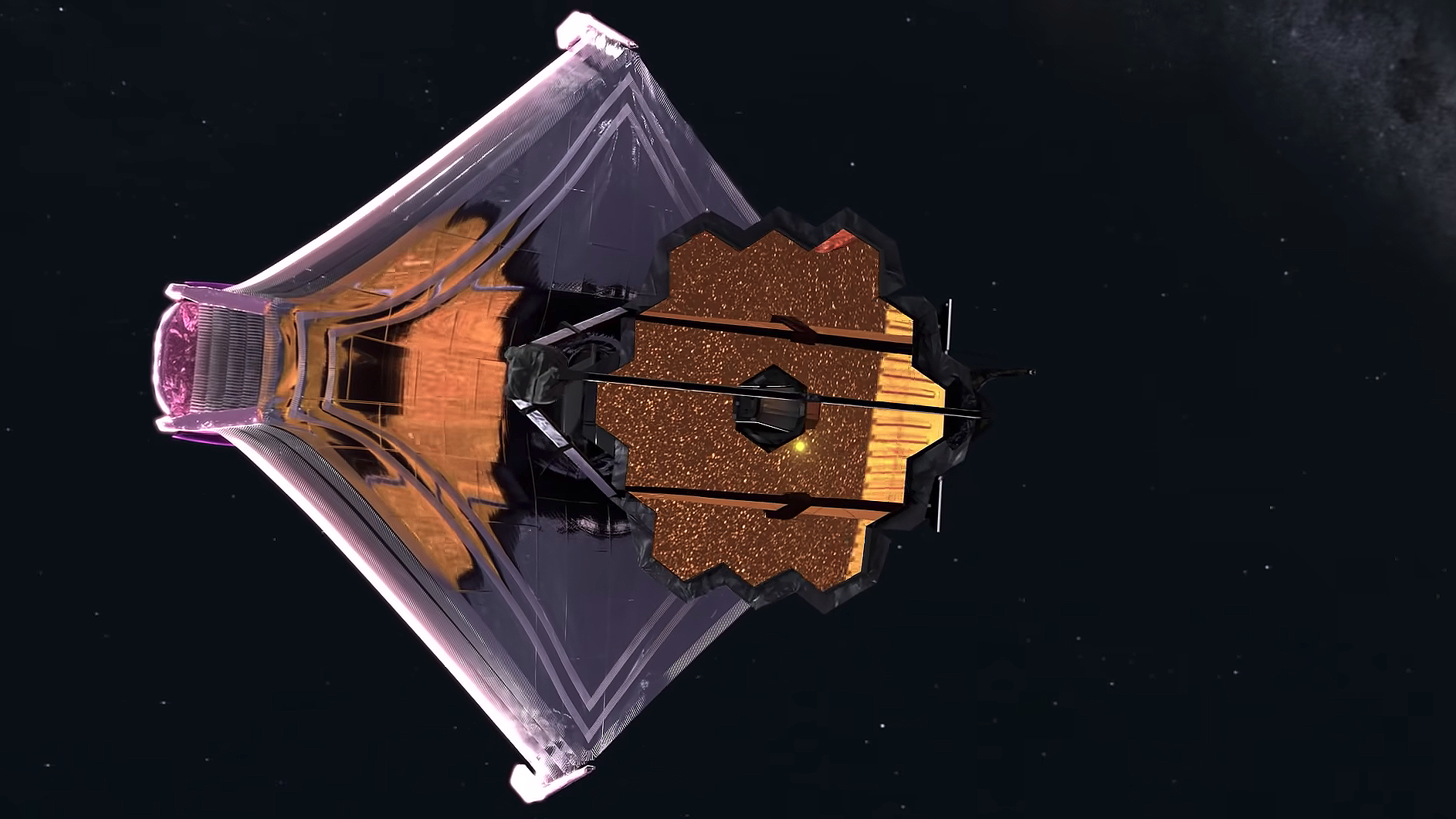
NASA will supposedly be sharing a new Webb image or universal spectrum every other week at the very least, and those interested are advised to check NASA's James Webb Space Telescope blog every other Monday at the beginning of the week, to determine exactly when that week’s image will appear on the blog.
Get the Digital Camera World Newsletter
The best camera deals, reviews, product advice, and unmissable photography news, direct to your inbox!
Yesterday's blog post published by NASA and authored by Thaddeus Cesari, the Strategic Communications Specialist at NASA’s Goddard Space Flight Center, as well as Ann Jenkins, Principal Science Writer, Space Telescope Science Institute, includes a mini interview with three prominent astronomers that have been working on the JWST to talk about this image in more detail, as well as their latest findings.
Dan Coe, an astronomer of AURA/STScI for the European Space Agency and the Johns Hopkins University discussed how he discovered the MACS0647-JD galaxy 10 years ago with the Hubble Space Telescope, and it was considered one of the most distant galaxies known. He also compares the quality of imagery captured by The Hubble Space Telescope vs The James Webb Space Telescope.
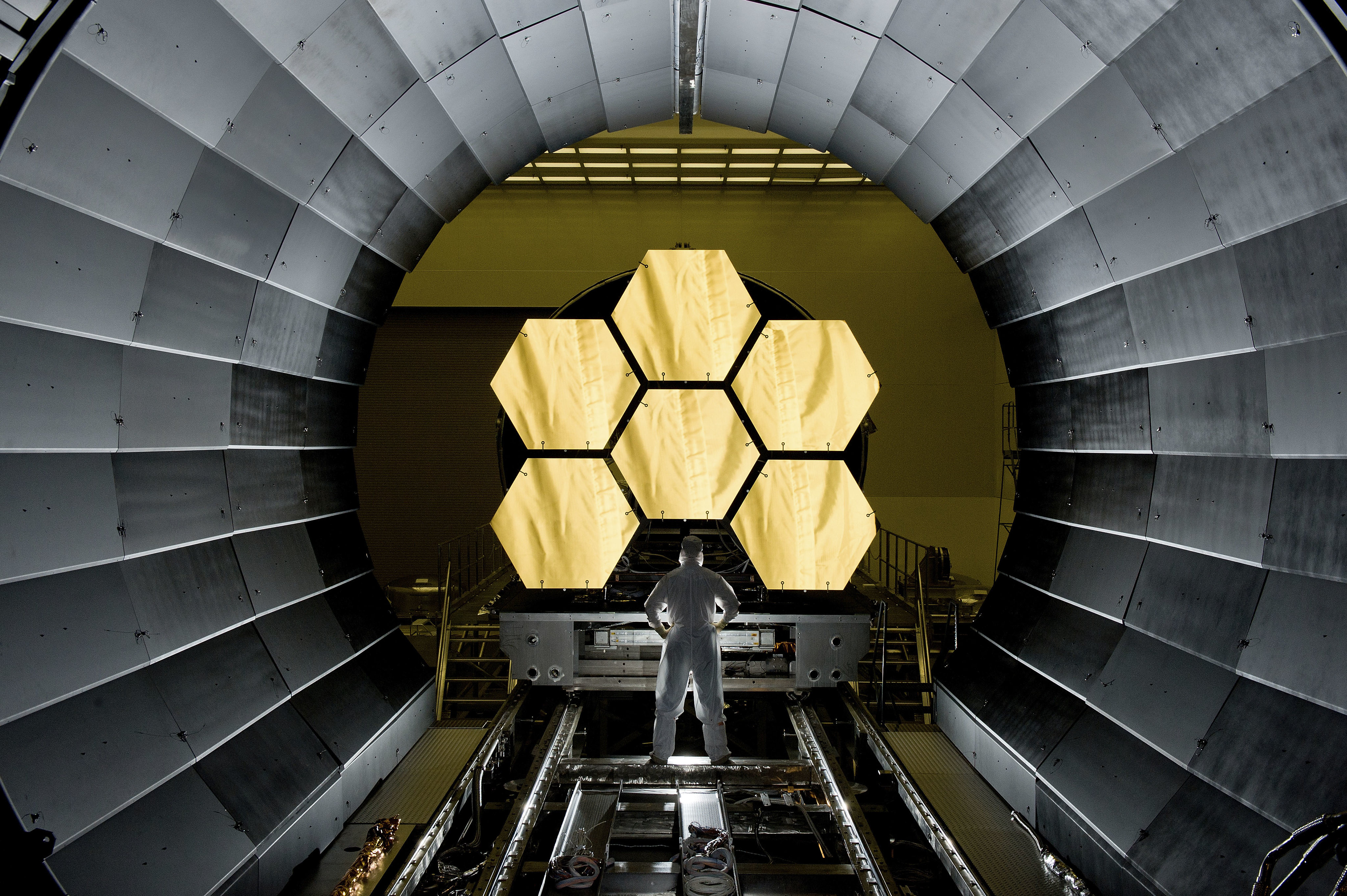
"At the time, I’d never worked on high redshift galaxies, and then I found this one that was potentially the most distant at redshift 11, about 97 percent of the way back to the big bang. With Hubble, it was just this pale, red dot. We could tell it was really small, just a tiny galaxy in the first 400 million years of the universe."
He continues, "Now we look with Webb, and we’re able to resolve TWO objects! We’re actively discussing whether these are two galaxies or two clumps of stars within a galaxy. We don’t know, but these are the questions that Webb is designed to help us answer."
Coe also explains that due to the gravitational lensing of the massive galaxy cluster MACS0647, "it’s lensed into three images: JD1, JD2, and JD3. They’re magnified by factors of eight, five, and two, respectively."

National Science Foundation fellow, astronomer, and Ph.D. graduate student at the University of Texas at Austin, Rebecca Larson shares her excitement at how this is only the beginning of what images can tell us about the universe:
"Up to this point, we haven’t really been able to study galaxies in the early universe in great detail. We had only tens of them prior to Webb. Studying them can help us understand how they evolved into the ones like the galaxy we live in today. And also, how the universe evolved throughout time."
"I think my favorite part is, for so many new Webb images we get, if you look in the background, there are all these little dots—and those are all galaxies! Every single one of them. It’s amazing the amount of information that we’re getting that we just weren’t able to see before. And this is not a deep field. This is not a long exposure. We haven’t even really tried to use this telescope to look at one spot for a long time. This is just the beginning!"
To see the full interview with these insightful astronomers and for more details, be sure to keep up with NASA's James Webb Space Telescope blog.
There's also an official James Webb Space Telescope gallery, where you can view all of the Webb Telescope's first images, and learn what exactly they depict.
You may also be interested in NASA's asteroid-smashing mission, as well as the first EVER image of a planet outside the solar system.
Take a look at our guides to the best telescopes for astrophotography, and the best deep-space telescopes, and don't forget the best lenses for astrophotography.
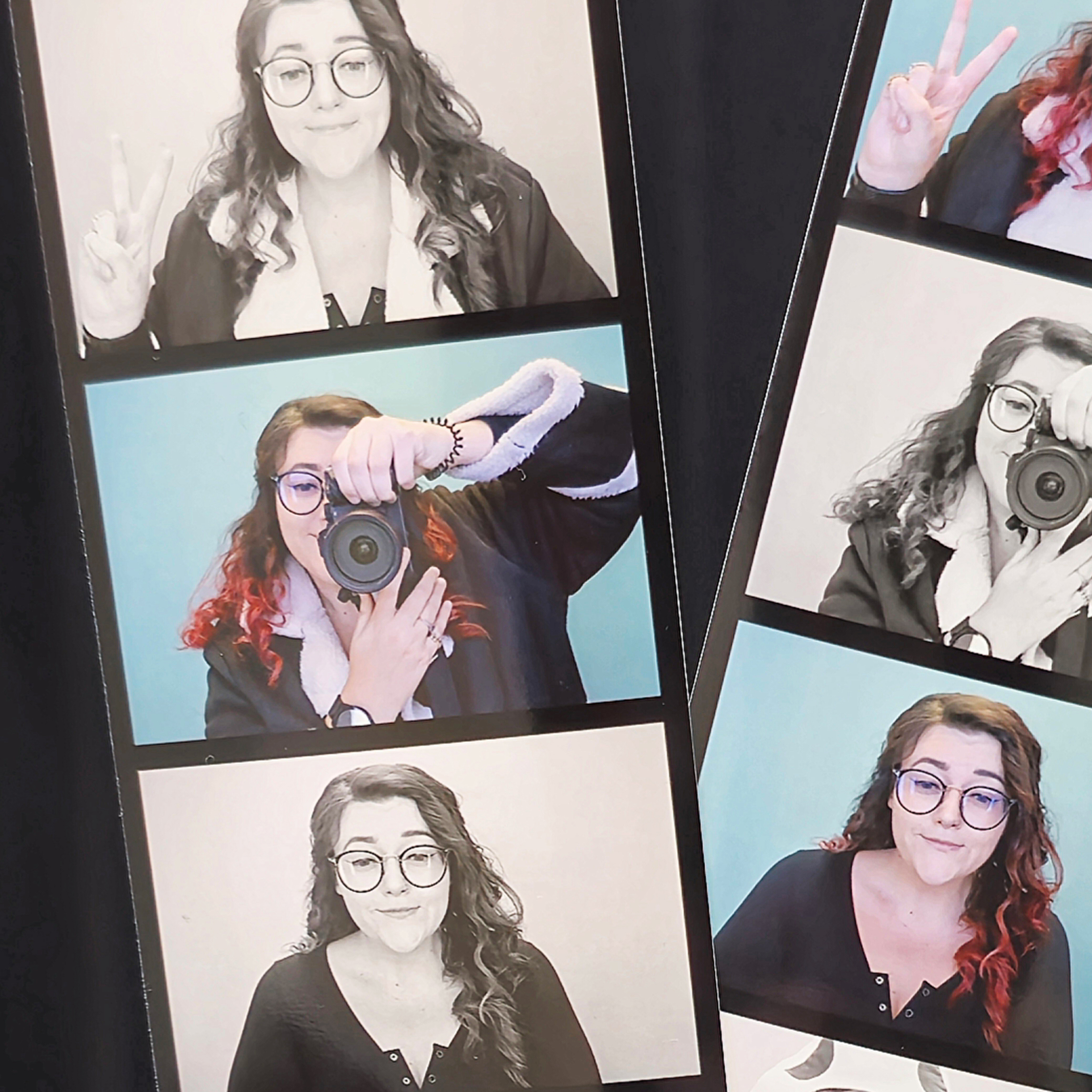
Beth kicked off her journalistic career as a staff writer here at Digital Camera World, but has since moved over to our sister site Creative Bloq, where she covers all things tech, gaming, photography, and 3D printing. With a degree in Music Journalism and a Master's degree in Photography, Beth knows a thing or two about cameras – and you'll most likely find her photographing local gigs under the alias Bethshootsbands. She also dabbles in cosplay photography, bringing comic book fantasies to life, and uses a Canon 5DS and Sony A7III as her go-to setup.
